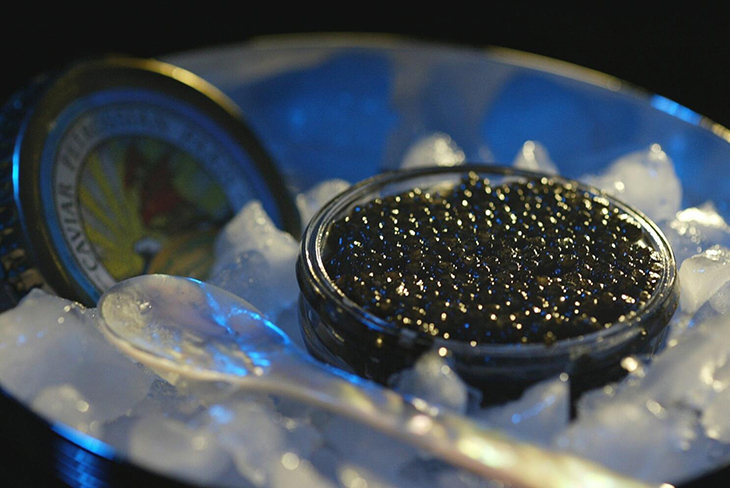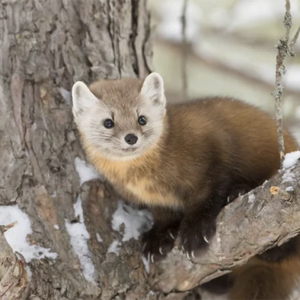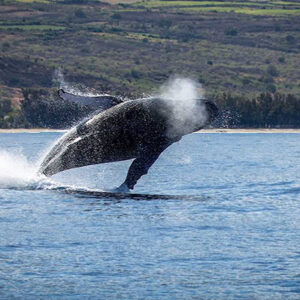
A transformative shift is currently reshaping the caviar industry, steering it away from a history of destructive practices, and the catalyst behind this change is a determined German scientist.
The focal point of this industry metamorphosis is caviar, those coveted tiny black pearls of culinary delight derived from the eggs of female sturgeon. Despite the sturgeon having endured the extinction event that wiped out the dinosaurs, all 27 species are now listed as Endangered or Critically Endangered according to the International Union for Conservation of Nature (IUCN). Recognizing the need for conservation, all commercial caviar production today is sourced from aquaculture.
The early 2000s witnessed a caviar crisis marked by the depletion of wild stocks and a surge in illegally sourced caviar. By 2004, consumer and chef confidence in the industry had waned, unsure if the caviar they encountered was harvested from a wild fish or processed in less-than-ideal conditions. It was within this turbulent context that a groundbreaking solution emerged: “no-kill caviar.”
This revolutionary approach is a licensed aquaculture technique pioneered by Angela Köhler, a polar and marine scientist affiliated with the Alfred Wegener Institute (AWI) in Germany. Köhler initially ventured to the Caspian Sea as part of her research on sturgeon threats from pollution. During her journey, she attended a caviar conference where she witnessed the unnecessary killing of a fully mature female sturgeon, only to find that the eggs were unsuitable for sale due to their proximity to spawning.
Enter AWI’s licensed aquaculture method, which allows caviar-culturalists to harvest caviar from live sturgeon in a manner reminiscent of a maternity ward rather than a slaughterhouse. Female sturgeons, typically around 8 years old when they start bearing eggs, undergo monitoring with ultrasounds until their eggs are ready. Subsequently, the eggs are gently massaged out, leveraging AWI’s innovative process.
In this groundbreaking technique, signaling molecules in minuscule natural concentrations activate a network of enzymes within the eggs, stabilizing their membranes in a matter of milliseconds. Angela Köhler’s dedication to conservation and her inventive aquaculture method have not only brought about a more sustainable future for the caviar industry but also exemplify the potential for scientific innovation to rectify environmental challenges.
“If conducted correctly, the quality of the caviar is superb,” AWI had mentioned on their website. “The caviar produced according to the AWI method is also particularly clean and pure as has been shown in high-resolution microscopy images.”
“There are no blood vessels and follicle cells sticking to the eggs’ surface. Thus, the caviar does not need any preservatives (Borax), has a long shelf life of up to 9 months, and exhibits a fine fresh marine taste.”
Sturgeon, characterized by their slow growth and predatory nature, can reach weights of up to 1.5 tons, representing a remarkable manifestation of riverine evolution. Unfortunately, these impressive creatures have faced significant challenges due to overfishing and the impact of development, particularly the construction of dams that not only isolate their habitats but also introduce pollution to the river sections they inhabit.
In response to the declining sturgeon populations, strict regulations have been implemented globally through the CITES Treaty to control the trade of sturgeon products. In many regions, wild sturgeon catches are prohibited to protect and conserve these vulnerable species.
In the United States, an innovative solution has emerged to address the challenges facing sturgeon populations. A no-kill caviar operation has been established, catering to exclusive restaurants across the country. The California Caviar Company (CCC) leads the way in this endeavor, having secured the first license in the country for a patented method developed by Köhler. The CCC is currently managing a population of 20,000 sturgeon, utilizing sustainable practices to ensure responsible and ethical caviar production. This initiative not only highlights the importance of conservation but also showcases the potential for innovative approaches to balance economic interests with environmental responsibility.
“We visit the farms and have a look at whether they are candidates for an AWI license,” Köhler said to The Guardian. “We also give advice on how to install a caviar lab, apply the patented processes, and train the staff.”
With farms already established in the UK, Iceland, Sweden, and Ireland, Köhler has garnered inquiries from others such as China, Iran, Russia, and various Caspian countries.
Traditionally associated with the affluent and elite, a fresh wave of caviar enthusiasts is emerging, committed to preserving the pleasure of this age-old culinary delicacy while safeguarding a mythical and endangered fish from extinction.
What are your thoughts? Please comment below and share this news!
True Activist / Report a typo


